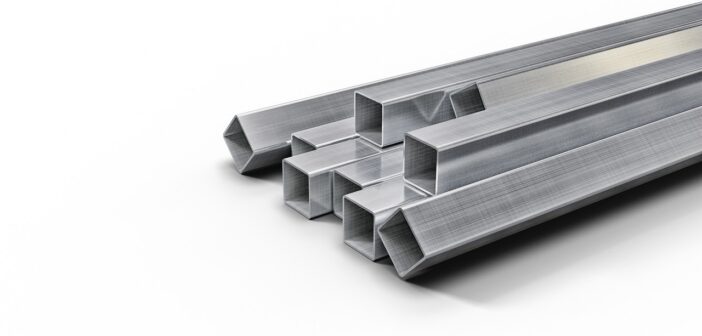The production of aluminum products is a complex process that involves transforming raw bauxite into highly refined aluminum and subsequently into various products through the rolling process.
This article delves into the intricacies of the aluminum rolling process, from the extraction of raw materials to the delivery of the finished product. By understanding these procedures, one gains insight into the technological marvels behind everyday aluminum items.
The Journey from Bauxite to Aluminum
The first step in the journey of creating aluminum products is the extraction of bauxite, the primary raw material. Bauxite is a clay-like ore rich in aluminum oxides, found in the topsoil of various tropical and subtropical regions. After bauxite is extracted, it undergoes the Bayer Process, a principal industrial means of refining bauxite to produce alumina (aluminum oxide). In this chemical process, bauxite is mixed with sodium hydroxide, which dissolves the alumina. The resulting solution is then cooled and filtered to remove impurities. The alumina is precipitated from the solution, washed, and heated to remove excess water.
Following the Bayer Process, the alumina undergoes the Hall-Héroult Process, an electrolytic method of smelting to produce pure aluminum. In this process, alumina is dissolved in molten cryolite and then electrolytically reduced to pure aluminum metal. Electric currents are passed through the solution, causing the aluminum oxide to decompose, and aluminum is deposited at the cathode as a molten metal. This metal is then cast into large blocks known as ingots, which serve as the raw material for various aluminum products, including those created through rolling.
Preparing Aluminum for Rolling
Before aluminum can be rolled into its desired shape, the ingots must be preheated to make them malleable. Preheating is done in large furnaces, where ingots are heated to temperatures between 400°C to 500°C. This process also helps to homogenize the aluminum, ensuring that its properties are consistent throughout the ingot. After preheating, the aluminum is hot rolled. This involves passing the heated ingot through a series of rollers, reducing its thickness and transforming it into a longer, thinner slab or plate. Hot rolling occurs at a temperature above the aluminum’s recrystallization point, making it easier to shape.
The Cold Rolling Process
Following hot rolling, the aluminum may undergo further processing through cold rolling, which refines the aluminum’s thickness and surface finish. Cold rolling is performed at or near room temperature, which strengthens the aluminum through strain hardening. This process involves passing the aluminum through a series of rollers without preheating, reducing its thickness to the final desired gauge. Cold rolling not only achieves precise dimensions but also enhances the metal’s surface quality, making it suitable for applications requiring high aesthetic standards.
Finishing Touches: Annealing and Surface Treatment
After cold rolling, the aluminum sheets or coils often undergo annealing, a heat treatment process that softens the metal, making it more pliable and easier to work with. Annealing involves heating the aluminum to a specific temperature, holding it at that temperature for a period, and then cooling it down slowly. This process relieves stresses induced during rolling, improving the material’s ductility and making it easier to bend, cut, or shape in subsequent manufacturing steps.
Surface treatment is the final step in the aluminum rolling process, enhancing the material’s appearance, corrosion resistance, and surface properties. Common surface treatments include anodizing, which increases corrosion resistance and allows for coloring; coating, which can provide a variety of textures and colors; and embossing, which imparts a textured pattern on the aluminum surface. These treatments not only improve the material’s functional qualities but also its aesthetic appeal, catering to diverse applications and industries.
Through the rolling process, aluminum’s inherent qualities, such as its light weight, strength, and corrosion resistance, are enhanced, making it an indispensable material in today’s world. The meticulous control and precision involved in each step of the process ensure that the final products meet the specific needs of diverse applications, illustrating the versatility and importance of aluminum in our daily lives.




